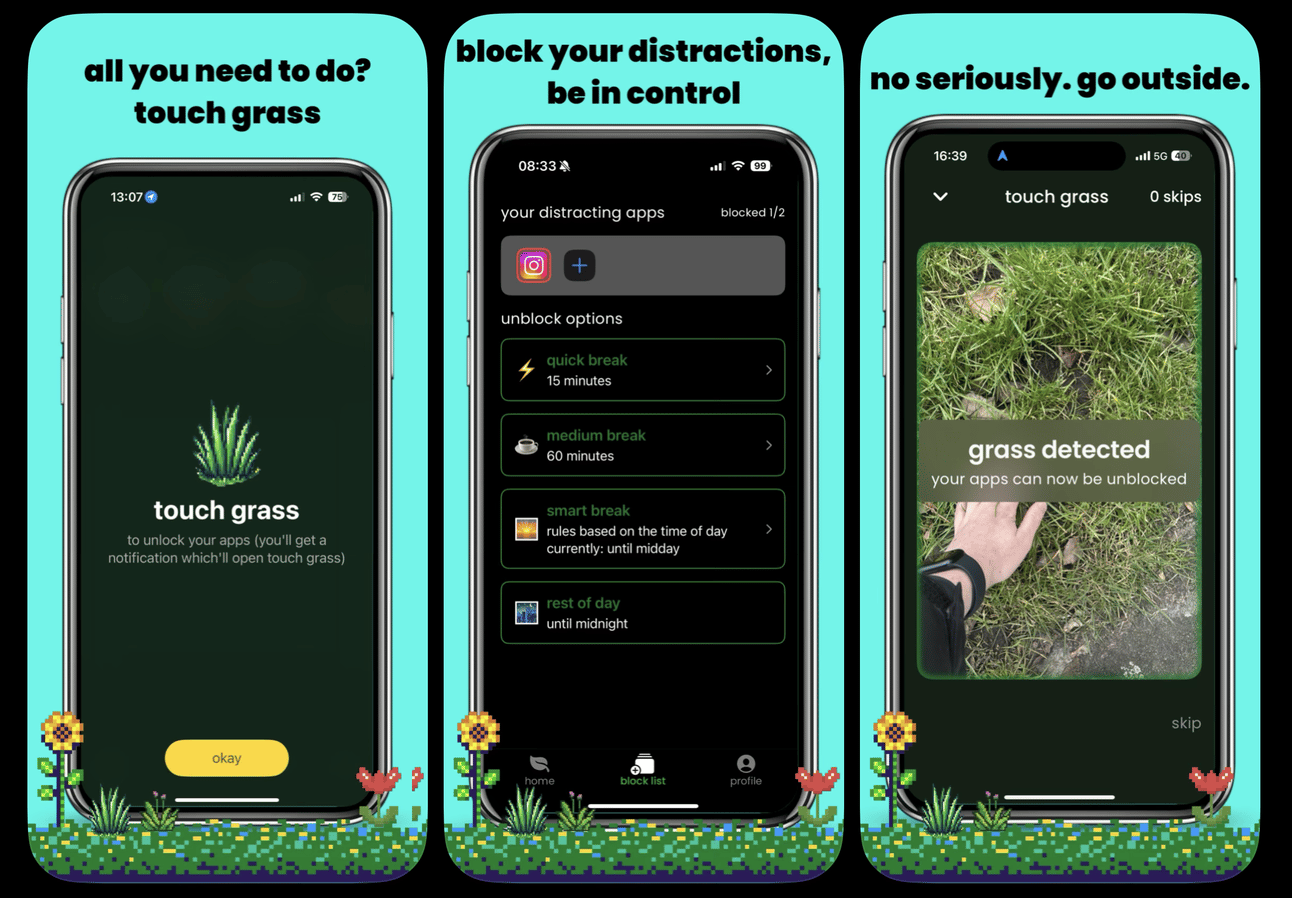- dots & dashes
- Posts
- Wish You Were Here: How AI Is Changing Travel
Wish You Were Here: How AI Is Changing Travel
AI-powered apps can build itineraries, spot photo locations, and even make you go outside. No passport required.
Traveling the world isn’t for the faint of heart or the light of wallet. With so many destinations to potentially visit and infinite things to see, how do you help yourself or your readers and viewers know more before they go? Pack your bags because I’m taking you on a tour of how you can use AI to take travel journalism to the next level.
A lot of the innovation in AI-powered travel tools is happening outside of traditional journalism. Tools like Roam Around can generate personalized itineraries for cities around the world, with filters like “family friendly” or “include parks and green spaces.” GuideGeek, an AI chatbot available across messaging platforms, offers quick travel advice on the go. A new crop of AI-generated travel influencers is also getting in on the action, with virtual personas sharing real travel tips.
AI has its limits because it’s usually built on existing data or reviews and isn’t actually on the ground in these places. A few years back, Apple Maps directions instructed me to make a turn that would have plummeted my car into the Pacific Ocean. Since then, I’m more than wary of following to a tee the roads a digital assistant leads me down. For these reasons and more, journalism has a clear advantage: real reporting and real human experiences.
Newsrooms and lifestyle publishers often have deep archives filled with location-based stories, firsthand accounts, and travel insights. By harnessing the power of AI, journalists can turn the articles into interactive guides, custom itineraries, or even chatbots. (You can start experimenting here and here.)

“Ummm…” AI
Uses of AI in media that raise ethical questions
If you’ve watched a police procedural show before, you’ve probably seen a grizzled detective hovering over the shoulder of a techie person examining the pixels of a blurry photo or video, looking for details of a criminal’s whereabouts that will solve the crime. Plot twist: if they used AI, they could determine locations a lot faster, and with less “enhance.”
I’m intrigued by AI platforms like FindPicLocation that can analyze an uploaded photo and determine where it was captured. Of course, it will deliver pinpoint accuracy for photos that have metadata associated with them, which usually includes the latitude and longitude coordinates. It also works surprisingly well for photos with no metadata and with less obvious landmarks. In the photo below, it accurately estimated that the selfie was taken in New Orleans, including the vantage point from which it was taken.

O.M.G. AI
Mind-bending uses of AI not usually appropriate for journalism but are nonetheless thought-provoking
“Go touch grass” is an increasingly popular refrain on the interwebs to tell a person to get off their device, away from their frustration or delusion, and take a breath in the real world. We all could use more of a respite from our phones. Now there’s an app for that.
The new touch grass app will help you block distracting apps until the AI verifies you are touching grass. And no plants or bushes either. The app can distinguish between house plants and actual outdoor grass. You can skip the verdant verification if you want, but it’s going to cost you a “skip,” which can be purchased with actual money. 50 percent of all profits from the “skips” go directly to wildlife conservation and rewilding projects in the UK, according to the app’s site.
The touch grass app is free for one week on an annual plan or $8.99 a month. For some, it’s a small price to pay to connect with nature and the beauty beyond our screens.

Enjoying dots & dashes? Share with a colleague or friend! Have feedback or questions? Email me at [email protected].


